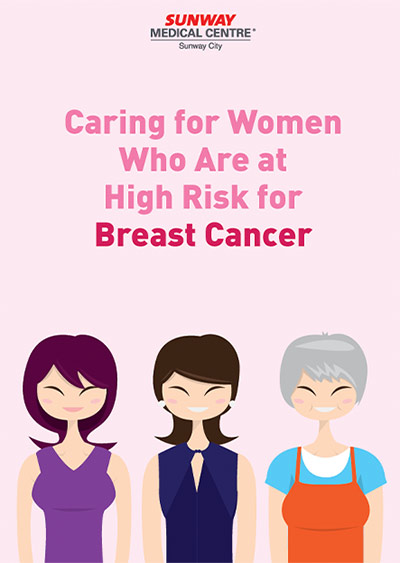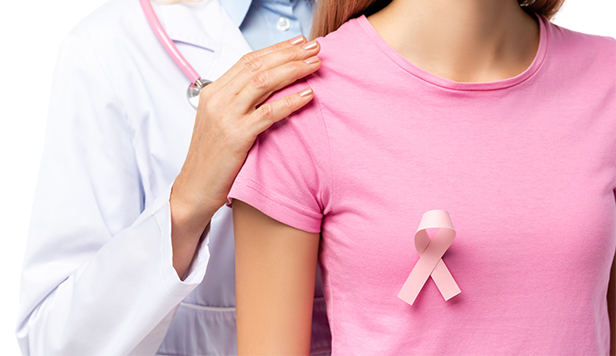Breast Cancer Screening Guidelines
Caring for women who are at high risk for breast cancer
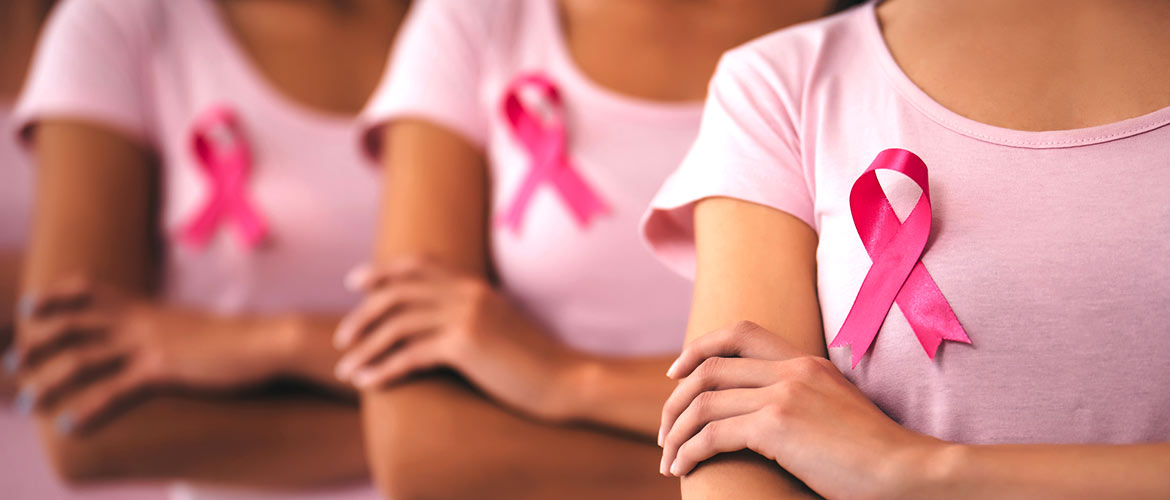
Breast Cancer Screening Methods
-
01 Ultrasound -
02 Mammogram -
03 Tomosynthesis (3D Mammogram) -
04 Magnetic Resonance Imaging (MRI) -
05 BRCA Gene Detection
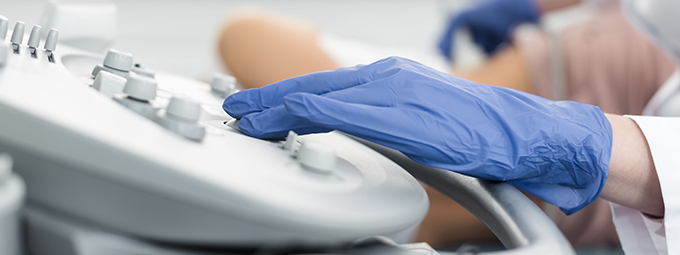
- Uses sound waves to develop a picture of the breast tissue
- Often recommended in younger women with dense glandular tissue
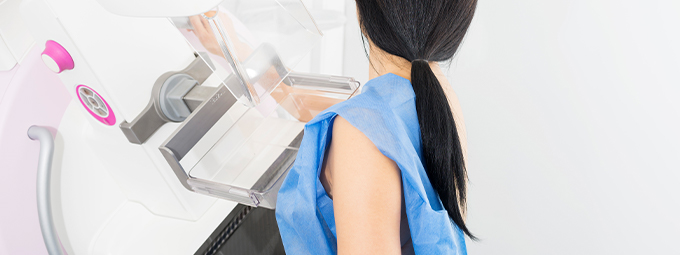
- Visualisation of breast tissue through the use of low-dose X-ray
.jpg)
- Thin cross-sectional images combined with conventional X-ray to develop 3D breast tissue images
.jpg)
- Uses radio waves and strong magnets to develop detailed pictures of the breast
- Recommended in conjunction with mammogram for high-risk patients
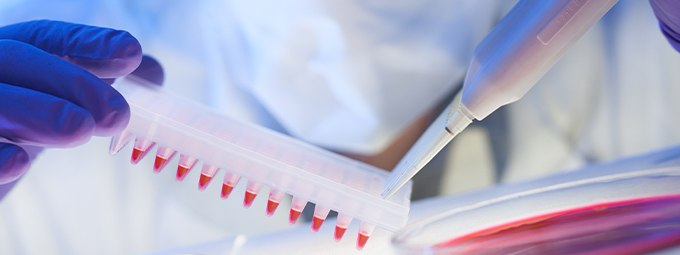
- Women with mutations in the BRCA1/2 genes have a 50-80% risk of developing cancer
- Recommended if a relative has a positive test for BRCA1/2 mutation
Signs and Symptoms of Breast Cancer
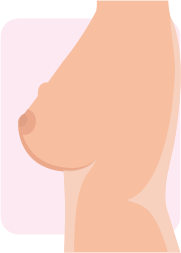
Lumps
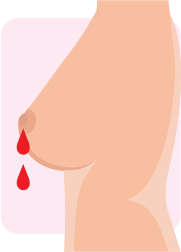
Nipple discharge
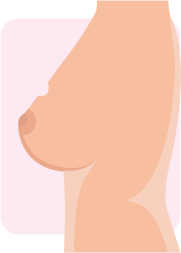
Dimpling
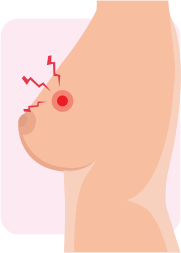
Breast or nipple pain
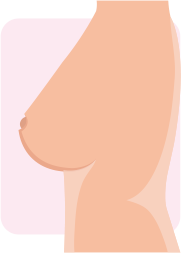
Nipple retraction or inversion
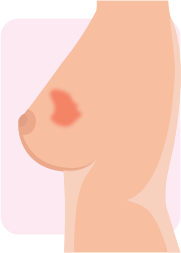
Redness
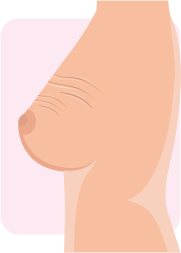
Changes to the skin’s texture
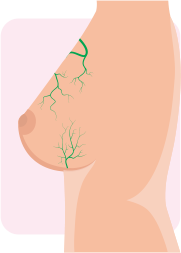
Lymph node changes
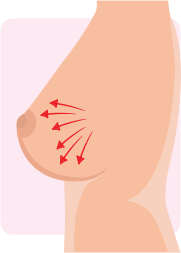
Swelling
Breast self-examination is not part of a routine breast cancer screening schedule. However, women are advised to be familiar with how their breasts normally look and feel, and report any changes to their doctor right away.
Breast Self-Examination Know Your Breasts
Look |
|

|
Steps:

It is not unusual for one breast to be larger than the other. |
Feel |
|

|
Steps:

Do not squeeze nipples. |
Ways to check |
|
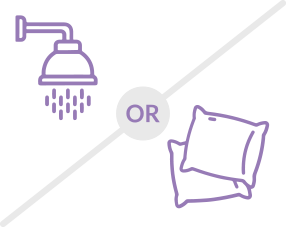
|
During a shower on soapy skin |
Early Detection and Prompt Treatment Can Save Your Life
Doing regular breast-self examinations helps you familiarise yourself with the characteristics of your breasts.
This self-examination should be done after your menstrual period (day 7-10 of your period).
Breast self-examination is simple. |
|

|
If you are breastfeeding, perform the test after your breasts are emptied of milk. |

|
If you are pregnant or menopausal, select one day each month to do the test, for example: the beginning of the month. |
Breast Cancer: Risk Factors

Being a woman

Getting older

Radiation exposure

BRCA1 or BRCA2 gene mutation

Personal or family
history of breast cancer
A woman is considered to be at high risk if she has a personal history of breast cancer, a family history of breast cancer or dense breasts. Her risk is even higher if she has a mutation in the BRCA gene or had chest radiation therapy before the age of 30.
Breast Cancer: Minor Risk Factors

|
Late menopause (after age 55) |

|
Early menstruation (before age 12) |

|
Obesity |

|
Having few children or never had children |

|
Postmenopausal hormone therapy |
Screening Guidelines |
||
For Women With High Risk |
||
Ages 30-39Talk to your doctor about breast cancer screening |
Ages 40-59Begin yearly mammograms |
Age 60+Transition to mammograms every other year |
For Women With Very High Risk |
||
Ages 30-39Get an annual breast MRI |
Ages 40-59Get an annual breast mammogram |
Age 60+Schedule a mammogram every other year |
Breast Cancer Screening Guidelines
Click To Download PDF